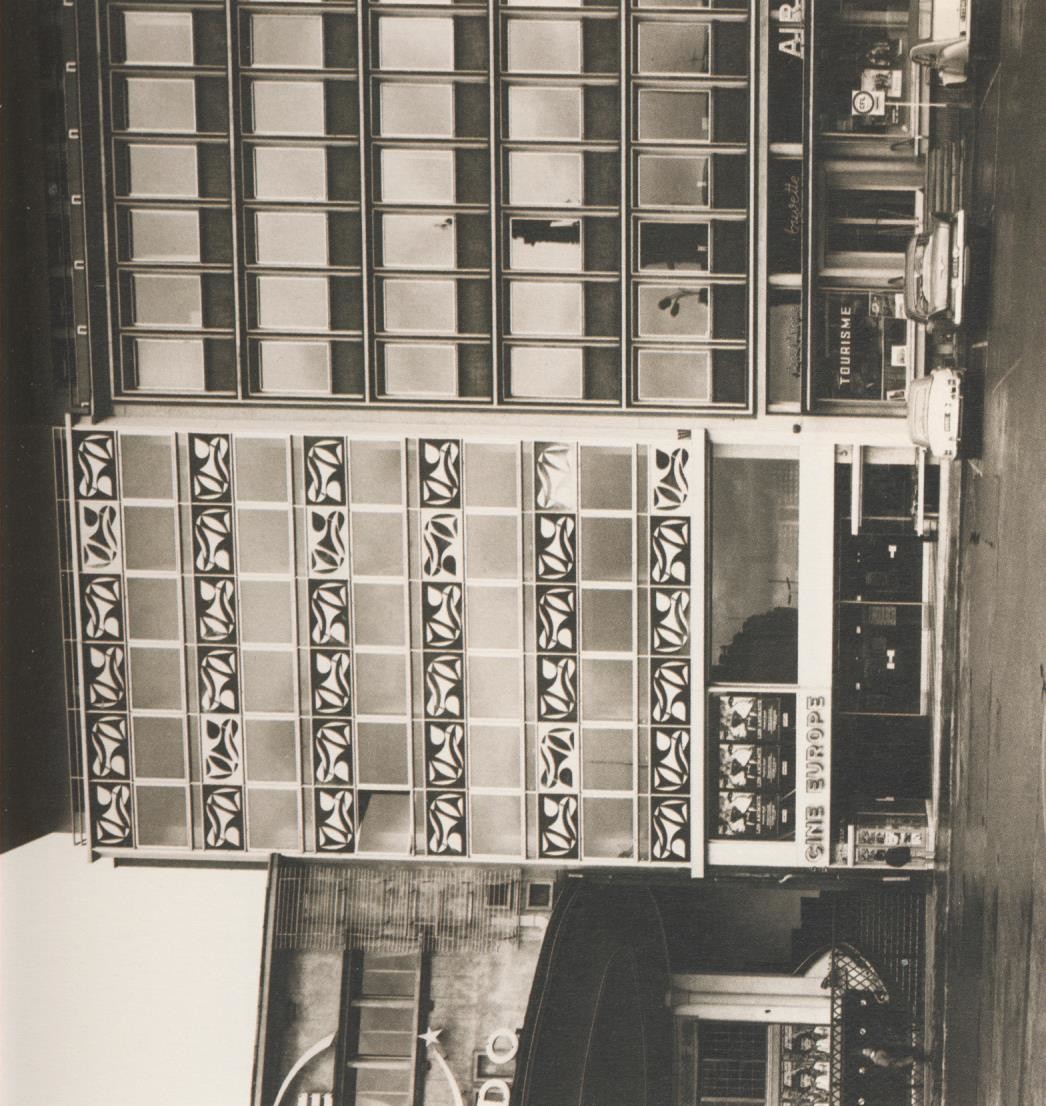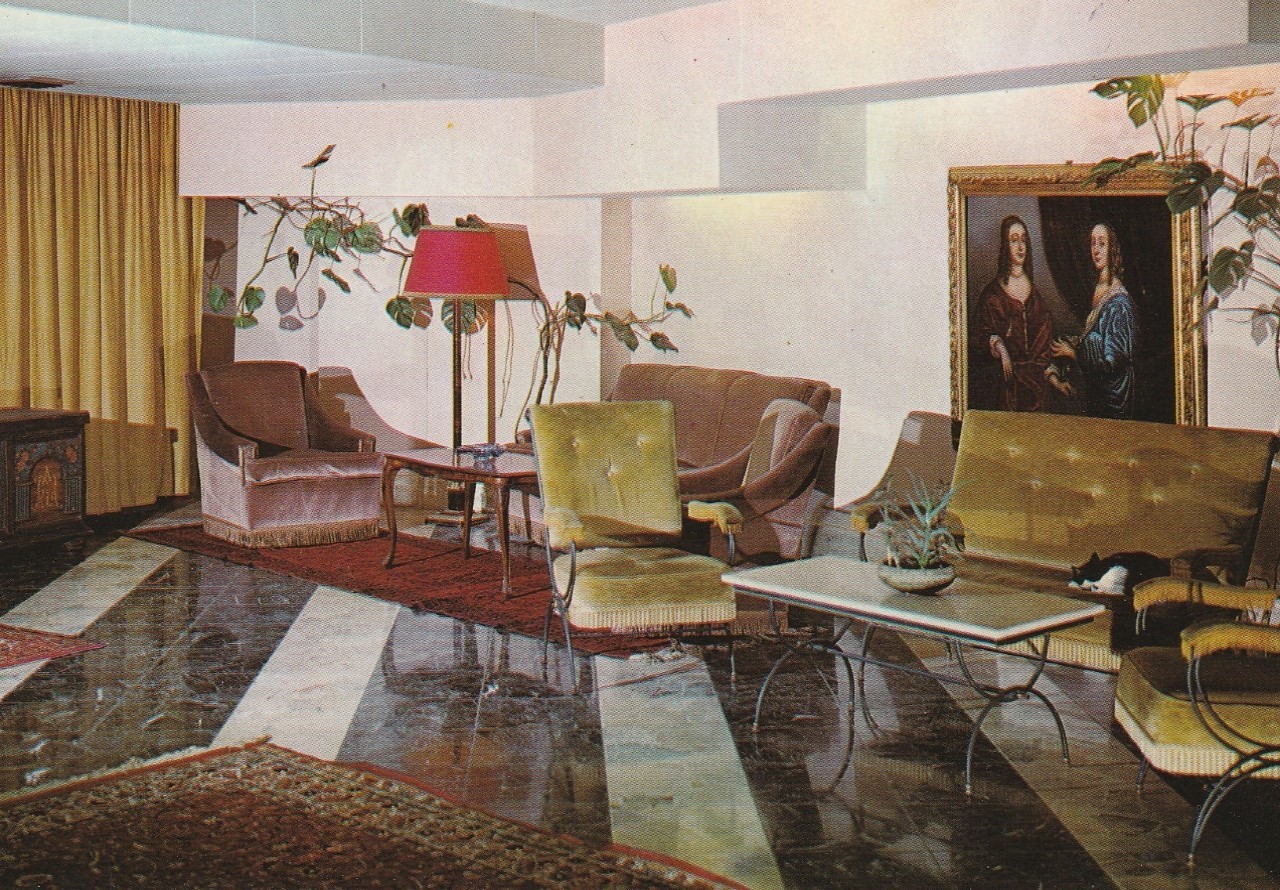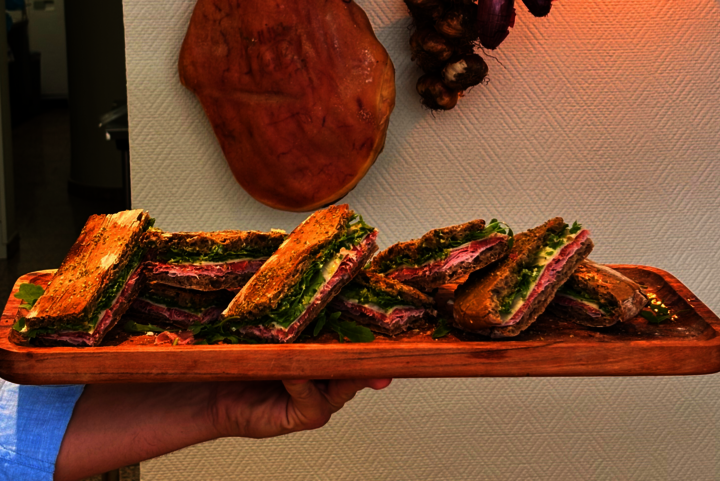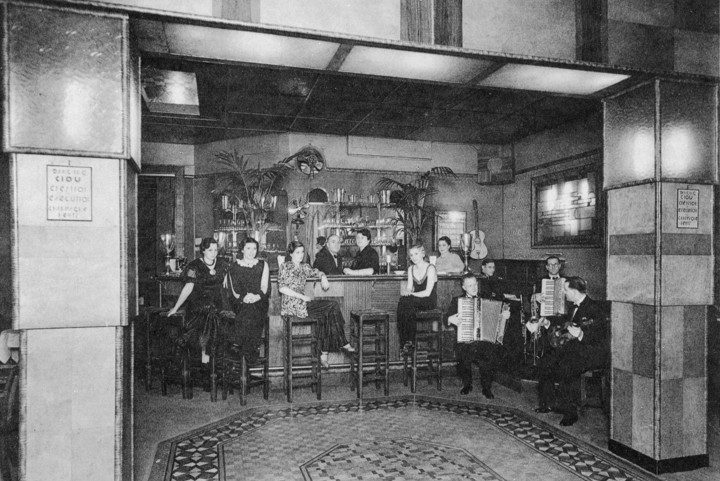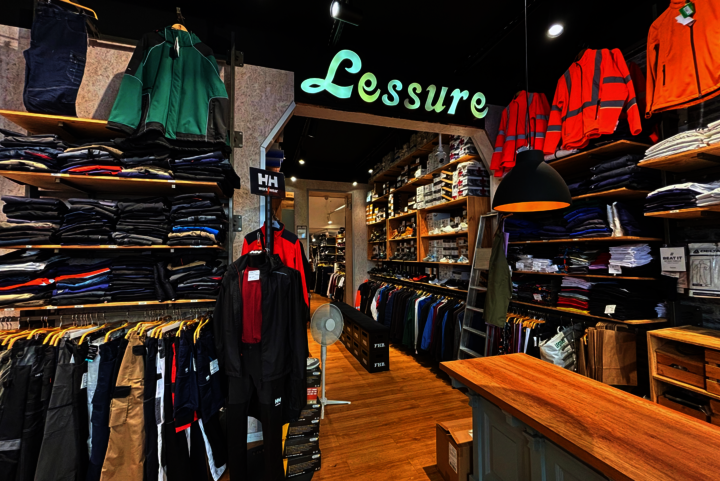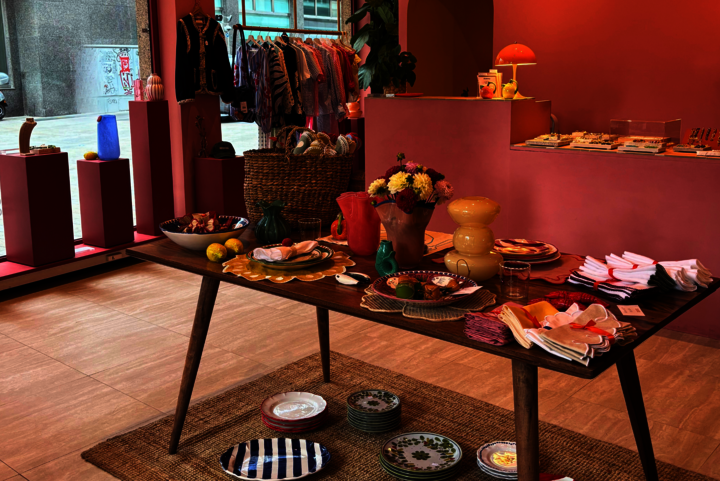(Re)discover our city

(Re)discover our city
Think you know our capital well? Well, let's see about that! Some of the buildings that you walk past on a regular basis have a special story behind them. Dr Robert L. Philippart is a true expert on the subject and will take you through the city to uncover these hidden stories, giving you a new way of looking at some of our symbolic buildings.
The Hôtel Eldorado – Cine Europe
The former Hôtel Eldorado and Cine Europe located at 7 Place de la Gare, neighbouring the main Luxembourg State Railway building, only briefly existed between 1966 and 1988.
This establishment bore witness to the increased development of the station district and its transformation into the calling card for the capital of the European Coal and Steel Community (ECSC).
It was here, in 1963, that a cinema was built based on a design by the architects Arthur Thill and Armand Theisen. The seven-storey property facing onto the Place de la Gare mirrored the height, recesses and flat roof of the Luxembourg State Railway building. A second block of hotel guest rooms was built on the land running along Rue Neipperg. The opening of this hotel and cinema in Luxembourg was a first. François Reckinger, son of Georges Reckinger who was behind the Capitole (Avenue de la Gare) and Eldorado (Place de la Gare) cinemas, was brave enough to take the initiative to open an air-conditioned venue with 442 seats at a time when visits to the cinema were in decline. It had the biggest screen in the capital and was able to project 77mm films rather than the more conventional 35mm films. Another innovation was that the cinema had its own lounge-bar. The scheduling soon met the wishes of the vast numbers of people who frequented the station district, screening adventure, erotic and action films, as well as great classics. But this cinema at the back of an arcade didn't see the same success as other cinemas in the capital. In 1980, François Reckinger invested in modernisation and combined the screen with the neighbouring Cine Eldorado to create the "Ciné-Center Gare (CCG)". It showcased new releases at the same time as other European capitals. In 1983, one of the meeting rooms at the Hôtel Eldorado was converted into an 85-seat concert hall. This meant that the CCG was able to offer four entertainment spaces and could welcome around 120,000 spectators a year. In 1988, the sale of the Eldorado and Cine Europe buildings brought this venture to an end, and the complex made way for office and retail space.
The Hôtel Eldorado opened in 1966 with 42 guest rooms and a few meeting rooms available. The establishment was geared towards customers who travelled by train and explored the capital during short business trips. Arthur Thill built a steel and glass curtain wall in front of the guest rooms facing the Place de la Gare. It featured panels with abstract decorations resembling hallucinations. These panels were replaced in 1979 by plain turquoise ones. According to the official hotel, hostel and boarding house guide published by the National Tourist Office in 1967, all the guest rooms were en-suite with a bath or a shower. In 1972, the hotel was one of the more expensive in terms of cost per night. By 1974, the number of guest rooms had increased to 48 and there was an in-house restaurant with 50 covers. The establishment's activities ceased in 1988 when it was sold.
Inscrivez-vous
à la newsletter.
Inscrivez-vous et recevez tous les mois l’actualité shopping de la ville directement par email ! Bon plans, événements phares, nouveaux commerces, ne manquez rien de l’actualité commerçante.
Cityshopping news

